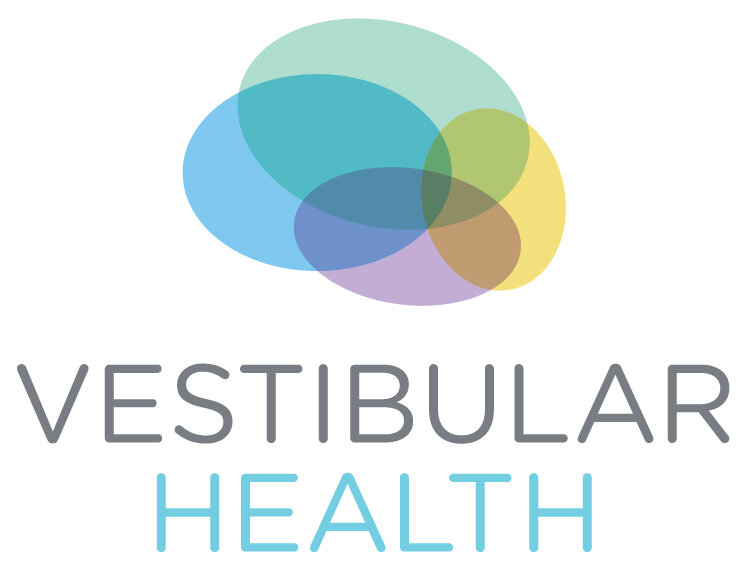Understanding facial palsy (Bell’s palsy) recovery: What to expect
Facial palsy can be a life-altering condition, impacting not only your ability to express emotions but also how you protect and hydrate your eye, eat, drink, speak, whistle, kiss, and engage with the world. Understanding facial nerve palsy recovery, including the timeline, stages, what treatment is available, and what you can do to support your healing journey in each stage can make all the difference.
What happens when the facial nerve is injured?
Facial nerve injuries are typically categorized into three degrees:
First Degree Nerve Injury (Neuropraxia)
The nerve is simply “bruised” or “compressed” and as a result the signals are blocked. Recovery is usually rapid, within 6 to 12 weeks, and often people make a full recovery.
Second Degree Nerve Injury (Axonotmesis)
The nerve's outer covering is intact, but the inner fibers are damaged. These injuries recover at a rate of up to 1mm per day, with signs of recovery typically appearing 12 to 16 weeks after onset, or longer in some cases. First signs of recovery tend to occur in the mid face.
Third Degree Nerve Injury (Neurotmesis)
This is the most severe form of nerve injury, where the nerve is either severely damaged or severed. Surgical repair is often necessary, and recovery is slow and usually incomplete.
What are the stages of facial nerve recovery?
As the nerve heals, it progresses through various stages of recovery. Each stage comes with different challenges, and requires specific guidance and treatment to support healing. This is where a physiotherapist with advanced training in facial neuromuscular retraining can help.
1) Flaccid Paralysis
There is complete paralysis in this stage. There is no connection between the nerve and muscles of the face, hence no movement occurs. It is as if you are trying to turn on a lamp that is not plugged into the wall - regardless of how hard you try, the light does not turn on. Protecting your eye is very important at this stage.
2) Paretic Stage
Now conduction between the brain and the facial muscles is coming back, but it is not complete. Since the signals are not reaching all the muscles yet, partial return of movement starts and there is some tone in the muscles of the face. Gradually the activity levels of the face starts to rise until it is almost normal. However activity can continue to rise and patients can move into the third phase which is called synkinesis.
3) Synkinesis
In this stage the face becomes overactive and movements of the face can appear restricted. Contrary to what most people believe in this stage, their face is not “weak”. As the facial nerve fibers regenerate, they may miswire and innervate the incorrect muscles. This leads to involuntary facial movements. For instance, your eye may close when you smile, or when you try to smile your cheek muscle activates but the corner of your mouth does not move because other muscles in the face are overactive and block the movement. Synkinesis is a common consequence of second and third-degree nerve injuries, and can be helped by facial palsy physiotherapy.
What affects facial palsy recovery time and outcomes?
The speed and extent of your recovery depends on:
The type and severity of the nerve injury
How quickly recovery begins
Your general health, including conditions like diabetes
Proper rehabilitation support and early intervention with an experienced facial palsy physiotherapist
Here is a general guideline on recovery expectations:
Facial nerve palsy recovery is a gradual journey that takes time, patience, and support. Whether your injury is mild or severe, understanding the process and taking active steps to maintain facial health and function can empower you to optimize your recovery.
Looking for expert assessment and rehabilitation for facial nerve palsy? Book an appointment with our facial nerve physiotherapists.
Adapted from Facial Therapists International and Facial Palsy UK

